5 Practical Tips to Make Your Next Hike More Sustainable
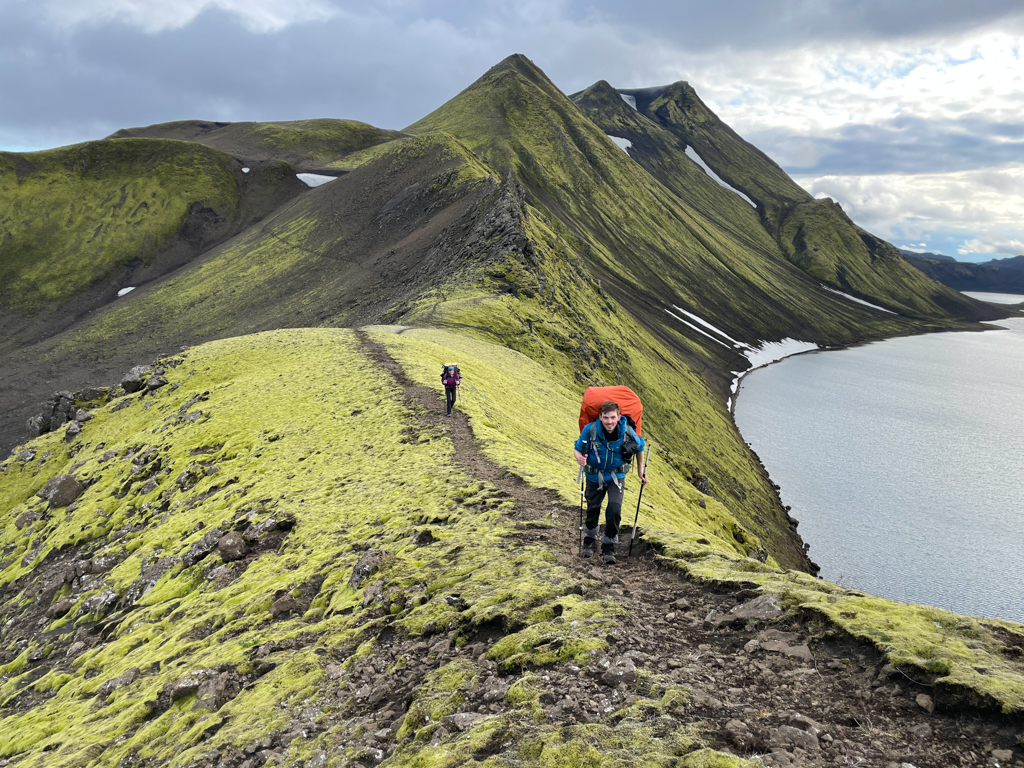
5 Practical Tips to Make Your Next Hike More Sustainable
A little effort can go a long way toward keeping our trails accessible for future generations
Whether it’s a quiet walk through the woods or a challenging scramble to the top of a mountain, hiking is a great way to experience the outdoors in a way that has minimal impact on the environment. It doesn’t require a lot of resource-intensive gear, and the only gases being expelled are those that are coming from your lungs.
But even though the impact is small compared to many other hobbies, hiking does have the potential to negatively affect the environment in a number of ways. So, to help make your next hike as environmentally responsible as possible, we’ve put together a list of five not-so-obvious tips every hiker can use to reduce their impact. Making these tips a part of our regular hiking routine will go a long way toward keeping the trails we love pristine and accessible for future generations.
#1 – Carpool
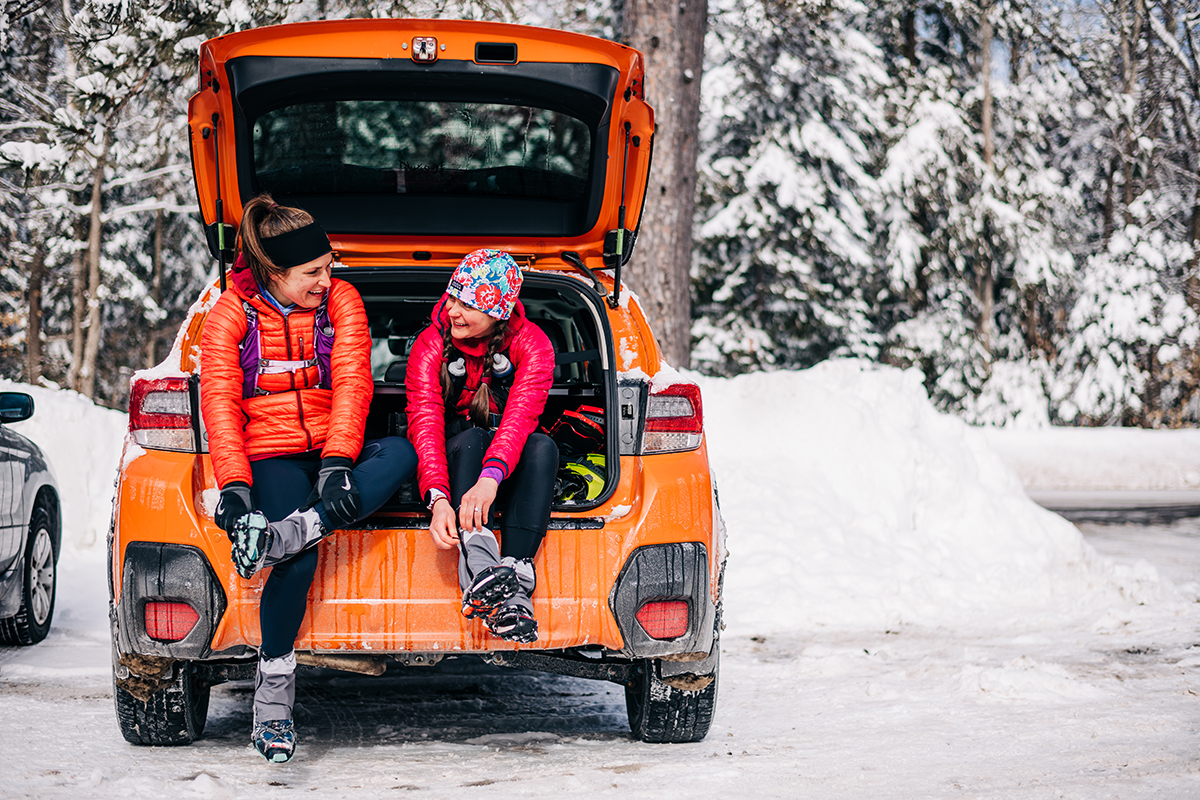
One of the best ways to make your hike more sustainable starts before you even arrive at the trailhead, and it’s one of the most impactful ways to reduce your environmental footprint. If you’re among the few people with hikes close to home, that’s great. But if you have to drive, and will be hiking with a partner, why not consider carpooling? Have your hiking partner—or partners—pick you up, or if that’s not practical, meet in the middle and leave one car behind at the meeting point.
According to the United States Environmental Protection Agency (EPA), the average passenger vehicle emits 404g of CO₂ per mile driven, and those emissions can stay in the atmosphere for 100 years or more. That can really add up over the course of a 100-mile drive to and from the trailhead, so taking just one car off the road can have a big impact. Plus, time flies when you’ve got a friend to chat with!
#2 – Leave No Trace

Once you’re on the trail, practicing Leave No Trace is an easy way to ensure that those who come after you will enjoy the same pristine outdoor experience. In the simplest terms, Leave No Trace means that you don’t want the next visitors to come across any evidence you were there. In practice, it means packing out all of your trash—and maybe picking up some along the way—as well as leaving rocks, trees, flowers and landscape in the same state you found them.
Leave no trace is a mantra that many hikers have come to live by, but it’s also an organization with worldwide reach that advocates for environmental protection. Leave No Trace (the organization) focuses on seven specific principles that we can all use to help us minimize our impact.
They are:
- Plan Ahead and Prepare
- Travel & Camp on Durable Surfaces
- Dispose of Waste Properly
- Leave What You Find
- Minimize Campfire Impacts
- Respect Wildlife
- Be Considerate of Others
For more detail, check out the Leave No Trace website.
#3 – Stick to the Trail
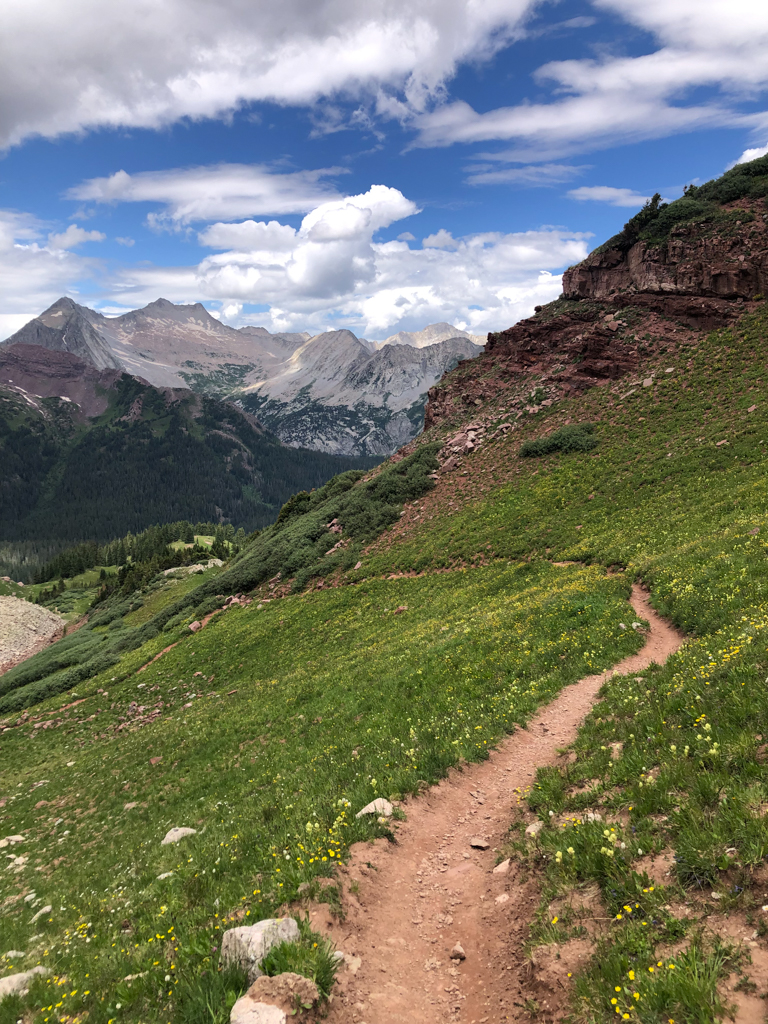
Hiking is a great way to escape the hustle and bustle of everyday life—it’s why a lot of us started hiking in the first place. When we hike, it can feel like we’re the only people for miles. But over time, hundreds, thousands or even millions of visitors can pass over the same stretch of trail—sometimes in a single season, and that can put immense pressure on popular trail systems. By sticking to established, designated trails, we can help reduce that pressure by eliminating damaging trail braids and spurs.
Trail braiding occurs when multiple paths (trails) are created along the same route. These paths will often split off and rejoin each other periodically, but they all eventually lead to the same place. They’re formed when hikers go off trail to avoid obstacles such as a rock, tree or mud. Spurs, on the other hand, are short trail offshoots that usually lead away from the main trail and form when hikers leave the trail to visit a viewpoint or water source, for example.
When a single hiker leaves the trail, the result often seems insignificant, but if hundreds or even thousands of other hikers follow suit, the impact is amplified. Braiding and spurs can lead to increased erosion, reduced plant growth and can degrade the experience for other hikers.
#4 – Know the Trail Conditions and Be Flexible
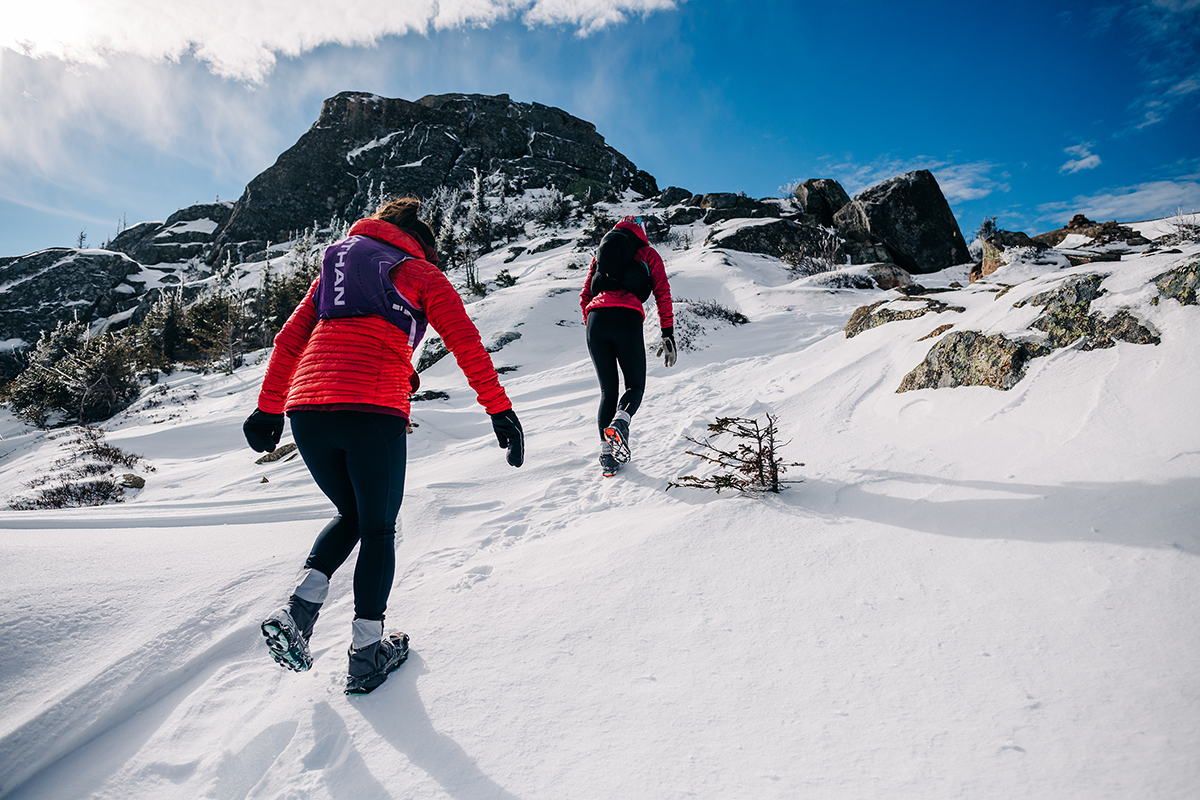
Hiking in poor conditions, such as after heavy rain when the ground is muddy, can damage trails. So it’s a good idea to try and get a sense of trail conditions in advance and avoid areas where conditions are poor. Another way to avoid trail damage is to be flexible when conditions change. For example, if a sudden rain storm leads to deteriorating conditions, it may be best to turn back. Or, if you are hiking in winter conditions where there is exposed terrain, avoid using footwear traction, such as MICROspikes™, in areas where they may damage tree roots or rocks. Sharp hiking poles without rubber tips can also damage sensitive terrain.
But how do you know what conditions will be like before you start your hike? Often, popular hiking areas or trail networks will have Facebook groups where hikers can swap condition reports. Alternatively, apps like AllTrails have databases of millions of trails that often include condition reports left by recent users. These reports can be surprisingly up-to-date, especially for frequently used trails.
#5 – Consider Giving Back
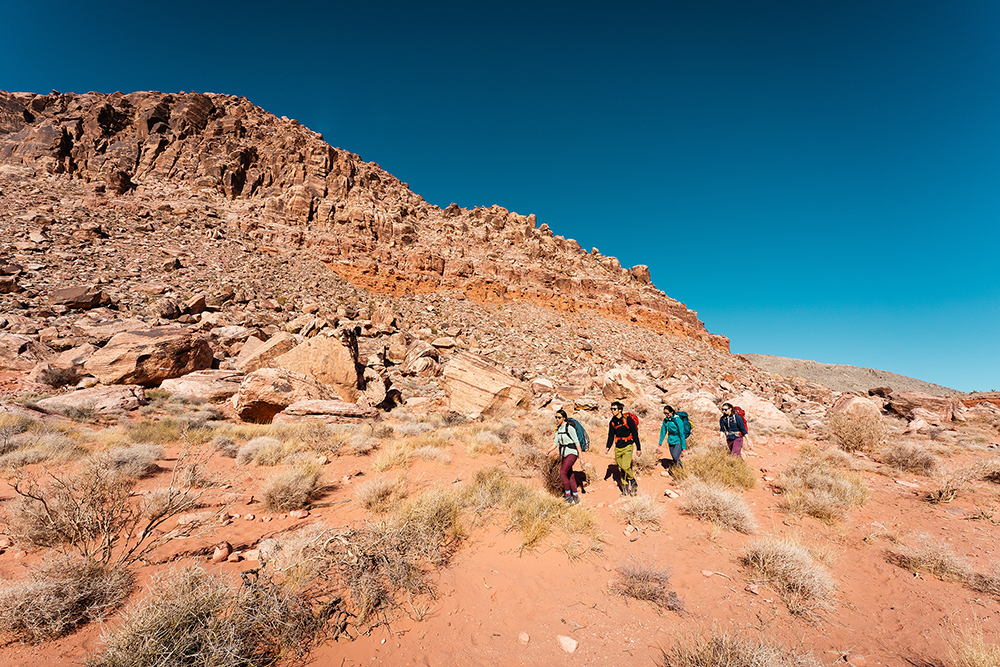
The end of your hike doesn’t have to mean an end to helping improve trail sustainability. Many trail systems are built, repaired, and maintained by associations that consider the environmental needs and different uses of the trail. Most of these organizations are run and operated by volunteers, and even those that are government funded—such as state and national parks—rely on volunteers to keep up with all the work. If you are able, consider helping keep trails pristine and accessible by volunteering your time, donating money or both to one of these groups.
To donate, keep an eye out for donation boxes at the trailhead or along the trail. Also, check out any trailhead message boards for information about who is responsible for that particular trail system. Many groups will have a website that details how to donate and/or volunteer.
Sustainable Hiking Doesn’t Have to Be Difficult
A little bit goes a long way when it comes to keeping trails sustainable and accessible. If we all put a small amount of effort into planning, acting responsibly on the trail and giving back, everyone will have the opportunity to benefit from time in the outdoors. Of course, there is always more that can be done, but these five tips are a great way—for new and seasoned hikers alike—to start giving back a very small portion of what nature gives us each time we step out onto the trail. Happy hiking!
